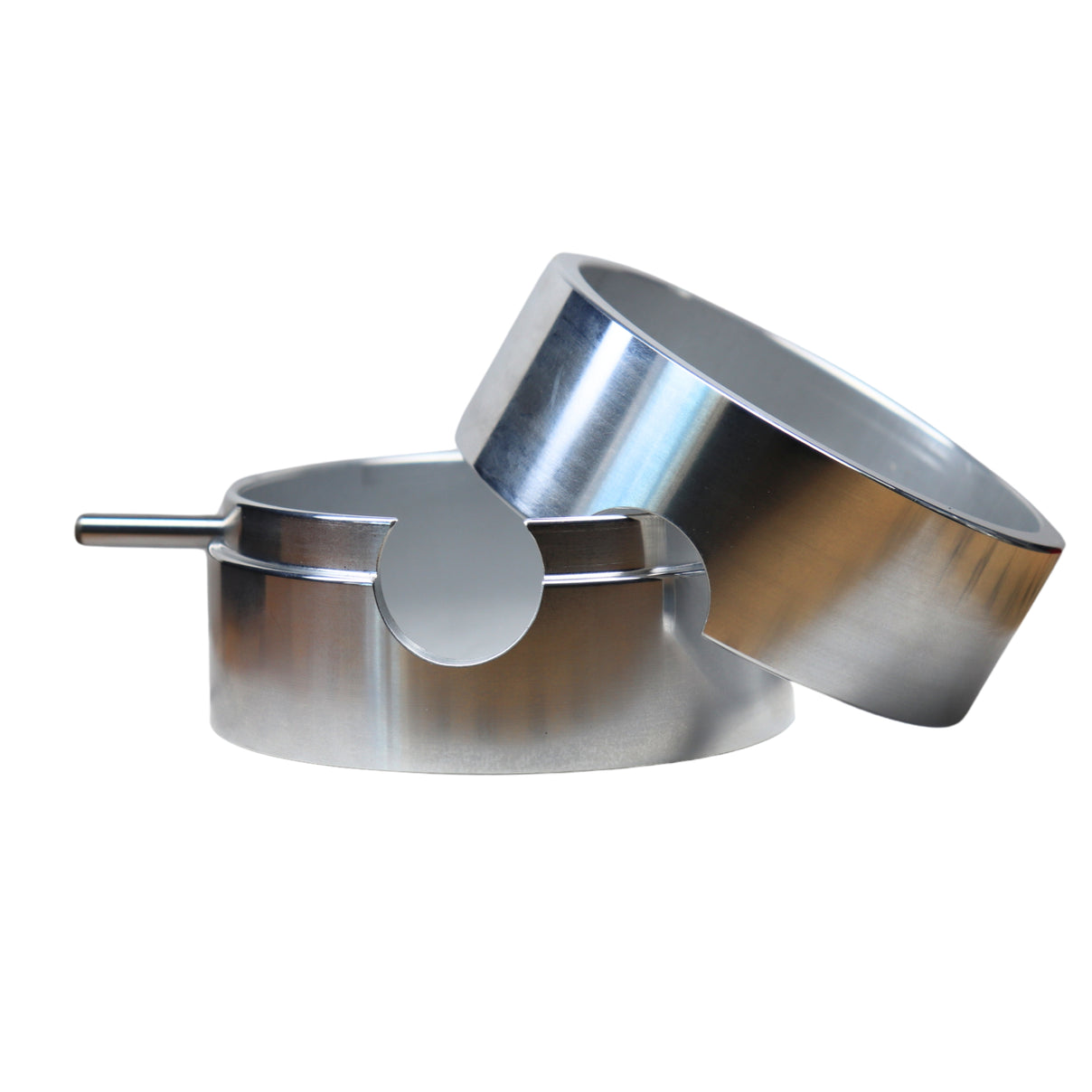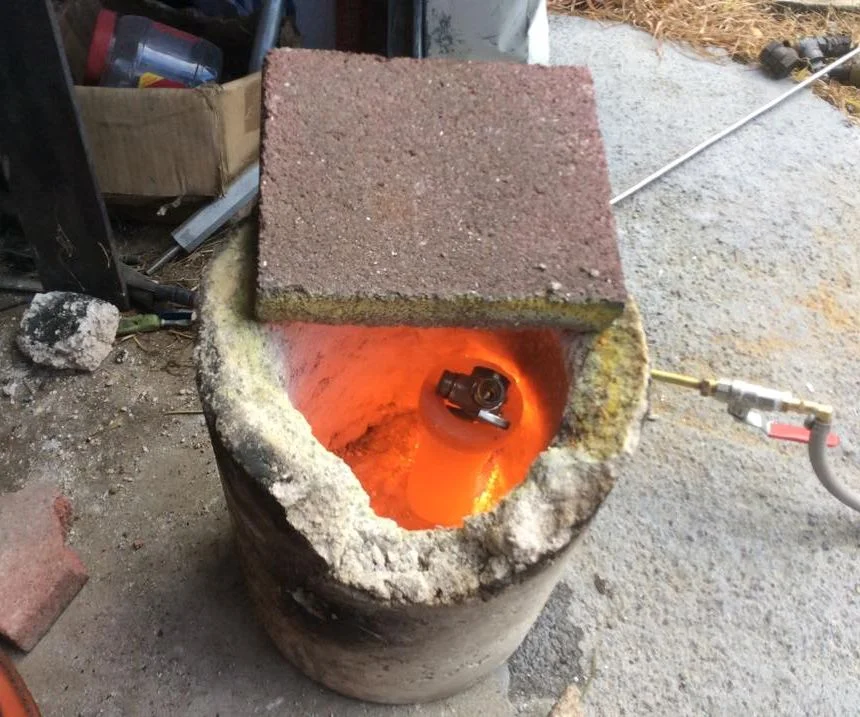How a Casting Foundry uses modern techniques for superior metal production
Comprehensive Overview to the Uses and Production Techniques in Aluminum Shop Workflow
The substantial guide to aluminum shop procedures provides important insights into the varied applications of light weight aluminum throughout different sectors. It methodically examines vital production strategies, melting processes, and molding methods that contribute to precision and high quality. Furthermore, the guide highlights the significance of completing processes that enhance both mechanical residential or commercial properties and look. Comprehending these aspects is vital for anybody involved in aluminum production, questioning about ideal practices and innovations in the field.
Overview of Light Weight Aluminum Casting Applications

Additionally, the construction market advantages from aluminum castings in building components and structural parts, offering longevity and resistance to corrosion. Customer goods, such as kitchenware and appliances, additionally utilize aluminum spreadings for their warmth conductivity and aesthetic charm. The electronic devices field depends on light weight aluminum for housings and warmth sinks, guaranteeing reliable thermal management. In general, light weight aluminum casting's versatility allows it to meet varied sector needs successfully, strengthening its importance in modern manufacturing practices.
Key Production Techniques in Aluminum Factory
In the domain name of aluminum foundry procedures, various manufacturing techniques play an essential role fit the end products that offer varied industries. Aluminum Casting. Key techniques include sand casting, die casting, and investment spreading, each offering distinct advantages based on the application requirements
Sand casting uses a combination of sand and binder to develop molds, allowing for complicated geometries at lower costs. Die casting, on the various other hand, utilizes high-pressure injection of molten aluminum right into steel molds, guaranteeing accuracy and a smooth surface coating, ideal for high-volume manufacturing. Investment casting supplies extraordinary dimensional accuracy and surface area high quality, making it suitable for detailed styles.
Additionally, strategies such as long-term mold and mildew casting and gravity pass away casting additionally improve the flexibility of light weight aluminum factory operations (aluminum foundry). Each method is picked based on variables like manufacturing volume, component intricacy, and product residential or commercial properties, ensuring desirable end results across different applications
Melting Procedures and Temperature Level Control
Reliable melting processes and specific temperature level control are essential for achieving optimal light weight aluminum shop operations. The melting of light weight aluminum typically includes different methods, consisting of crucible melting, induction melting, and rotating melting, each with its very own advantages and applications. Crucible melting is generally used for little batches, while induction melting gives efficient heating and uniform temperature level circulation.

Molding Techniques for Accuracy Castings
Mastering molding methods is essential for generating precision castings in light weight aluminum foundry procedures. Various techniques, such as sand, financial investment, and die spreading, play a vital duty in accomplishing wanted resistances and surface finishes. Sand casting, as an example, uses a mixture of sand and binder to produce molds, permitting huge components and elaborate layouts. Financial investment casting, on the other hand, uses wax patterns that are coated in ceramic material, leading to extremely outlined and specific forms. Pass away casting uses high-pressure shot of liquified aluminum into metal molds, guaranteeing constant measurements and fast manufacturing prices.
Each method has its benefits and is selected based upon variables such as intricacy, quantity, and mechanical properties required. Efficient mold style, including venting and gating systems, even more improves the high quality and accuracy of the completed item. Recognizing these molding strategies makes it possible for shops to fulfill specific industry demands and enhance total functional performance.
Ending Up Procedures to Improve Aluminum Parts
Completing procedures play a crucial duty in improving the performance and appearances of light weight aluminum elements. These processes, which adhere to spreading, objective to improve surface top quality, deterioration resistance, and mechanical properties. Usual techniques consist of machining, which fine-tunes measurements and surface area finish, and sprucing up, which enhances visual charm by developing a smooth, reflective surface area.
Plating is an additional substantial process, offering a sturdy oxide layer that safeguards versus wear and rust while permitting shade personalization. Furthermore, powder finish offers a vast array of coatings and colors, making certain both security and visual enhancement.
Sometimes, parts may go through shot blowing up to remove pollutants and boost bond for subsequent coatings (Casting Foundry). In general, these finishing procedures are vital for taking full advantage of the capability and life expectancy of light weight aluminum components, making them suitable for diverse applications across various markets
Regularly Asked Inquiries
What Precaution Are Necessary in Aluminum Foundry Procedures?
In light weight aluminum shop procedures, important security actions consist of individual safety equipment, appropriate ventilation, fire avoidance procedures, regular equipment maintenance, training for workers on risks, and preserving clear emergency situation treatments to guarantee a risk-free functioning setting.
Just How Do Ecological Regulations Impact Aluminum Foundries?
Ecological regulations substantially impact light weight aluminum foundries by enforcing criteria for discharges, waste administration, and resource consumption. Conformity typically requires financial investments in cleaner modern technologies and procedures, inevitably influencing operational costs and production efficiency within the industry.
What Profession Opportunities Exist in Light Weight Aluminum Factory Procedures?
Numerous occupation possibilities in aluminum shop procedures consist of roles such as shop specialist, mold designer, top quality control inspector, process engineer, and manufacturing supervisor, each adding to reliable manufacturing and innovative procedures within the market.
How Is Quality Control Achieved in Light Weight Aluminum Casting?
Quality assurance in aluminum spreading is accomplished through strenuous assessments, standard screening treatments, and making use of advanced technologies. Regular tracking of temperature, make-up, and dimensional precision guarantees items meet specified requirements and customer requirements.
What Are the Common Problems in Light Weight Aluminum Castings and Their Causes?
Common defects in aluminum castings include porosity, shrinkage, and surface area roughness. Reasons typically originate web link from improper mold and mildew style, inadequate putting techniques, and contamination, impacting the total integrity and performance of the last product.
The extensive guide to light weight aluminum foundry procedures presents important understandings right into the diverse applications of aluminum throughout numerous sectors. Light weight aluminum casting plays a necessary role in numerous industries due to its flexibility and beneficial residential or commercial properties. Die spreading, on the various other hand, utilizes high-pressure injection of liquified light weight aluminum into steel molds, ensuring accuracy and a smooth surface finish, perfect for high-volume manufacturing. Furthermore, techniques such as permanent mold and address mildew spreading and gravity die casting further boost the convenience of light weight aluminum shop procedures. Understanding molding techniques is crucial for producing accuracy spreadings in aluminum shop operations.